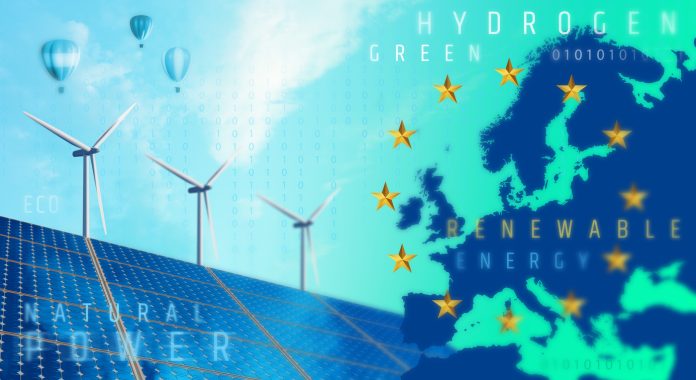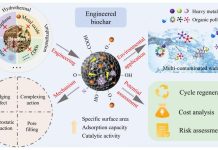2025-2030 ESPR Plan: The European Commission has announced the launch of its 2025-2030 plans to create a greener, more circular economy under the Ecodesign for Sustainable Products Regulation (ESPR) and Energy Labelling Regulation
This plan outlines the EU’s intention to reshape the product landscape across Europe to support environmental goals, improve energy efficiency, and strengthen industrial competitiveness.
Focus areas: Delivering benefits from sustainable products
A big part of the plan is to focus on product categories with high potential to deliver environmental and economic benefits.
These include steel and aluminium, textiles (particularly apparel), furniture, tyres, and mattresses. These products were chosen based on thorough technical analysis and their potential contribution to the circular economy, including resource efficiency, repairability, and recyclability.
By introducing mandatory ecodesign and energy labelling requirements, the EU hopes they will be able to make products more durable, repairable, and energy-efficient. By doing this, they will support other policy objectives such as the Clean Industrial Deal and the EU’s Competitiveness Compass.
This change doesn’t just support the idea of environmental responsibility; it is also about creating equality for businesses and reducing fragmentation in the EU’s single market.
The role of digital tools in the plan
One of the most important features of the plan is the introduction of horizontal measures that go past product-specific rules.
These will address key sustainability aspects across product types, such as repairability and recyclability, especially in consumer electronics and small household appliances.
A scoring system will be developed to help consumers make informed choices and encourage manufacturers to design longer-lasting, more serviceable products.
The plan also highlights the role of digital tools. Key product information, such as environmental footprint and energy performance, will be accessible through the Digital Product Passport and the European Product Registry for Energy Labelling (EPREL).
By doing this, transparency for consumers is increased while reducing the administrative complexity for businesses.
A collaborative approach
The plan was shaped through consultations with stakeholders, including EU Member States and industry representatives via the Ecodesign Forum. This participatory method helps ensure the regulations are realistic, technically sound, and broadly supported.
Another key part of the plan is its attention to small and medium-sized enterprises (SMEs). Recognising SMEs’ important role in the European economy, the Commission plans to provide tailored support to help them meet the new requirements. This includes consideration for micro-enterprises and small mid-cap companies while developing product-specific rules.
The plan’s implementation will proceed through delegated acts, developed product-by-product or for groups of similar products. Detailed preparatory studies and impact assessments will back these acts. This step-by-step approach helps ensure that regulations are grounded in evidence and that stakeholders remain involved.
The long-term impact of the 2025-2030 ESPR
The EU’s 2025-2030 ESPR working plan shows a joint effort to transition towards a more sustainable European product ecosystem. The plan supports the EU’s climate and energy goals while helping future-proof European industries by encouraging product design and manufacturing innovation.
The long-term vision is to create a stronger, more circular and more competitive European economy that benefits consumers, businesses and the environment.











